GPC Service
Chemical Substance Safety Assessment

Scientific chemical substance safety assessment services (CSSA) are a comprehensive evaluation of the risks posed by a chemical substance to human health and the environment. CSSA services typically include hazard identification, exposure assessment, risk characterization, and risk management. CSSA services are essential for businesses that want to comply with regulatory requirements and operate safely and responsibly.
How chemicals can be harmful
Chemicals can be harmful in a variety of ways, including:
- Acute toxicity: Acute toxicity is the ability of a chemical to cause harm after a single exposure. Examples of acute toxicity include poisoning, skin burns, and respiratory irritation.
- Chronic toxicity: Chronic toxicity is the ability of a chemical to cause harm after repeated exposure. Examples of chronic toxicity include cancer, birth defects, and neurological damage.
- Environmental hazards: Chemicals can also be harmful to the environment. For example, chemicals can pollute water and soil, and they can harm wildlife.
What are the steps involved in Chemical Substance Safety Assessment
A chemical substance safety assessment (CSSA) is a process for evaluating the risks posed by a chemical substance to human health and the environment. The steps involved in a CSSA typically include:
- Hazard identification: This step involves identifying the potential hazards of the chemical substance, such as its toxicity, flammability, and corrosivity.
- Exposure assessment: This step involves estimating the amount of exposure to the chemical substance that is likely to occur.
- Risk characterization: This step involves combining the hazard and exposure information to estimate the risk posed by the chemical substance.
- Risk management: This step involves developing and implementing measures to reduce the risk posed by the chemical substance, if necessary.
Principles of Chemical Substance Risk Assessments
The principles of chemical substance risk assessments are based on the following:
- The dose-response relationship: This principle states that the severity of an effect caused by a chemical substance is related to the dose of the substance that is received.
- The threshold concept: This principle states that there is a threshold dose below which no adverse effects will occur.
- The interspecies variability: This principle states that different species have different sensitivities to chemical substances.
- The intraspecies variability: This principle states that there is variability in sensitivity to chemical substances within a single species.
How GPC Group can help with Scientific Chemical Substance Safety Assessment Services
GPC can help you with all aspects of chemical substance safety assessment, including:
- Identifying the applicable regulatory requirements
- Gathering the necessary information about your chemical substance
- Conducting a hazard identification
- Conducting an exposure assessment
- Conducting a risk characterization
- Developing and implementing risk management measures
Benefits of Being GPC Client for Scientific Chemical Substance Safety Assessment Services
As a GPC client, you will benefit from the following:
- Access to a team of experienced regulatory experts
- A personalized service tailored to your specific needs
- Peace of mind knowing that your chemical substance safety assessment is being conducted in accordance with the latest scientific principles and regulatory requirements
Get in Touch with us for Scientific Chemical Substance Safety Assessment Services
If you would like to learn more about our scientific chemical substance safety assessment services, please feel free to contact us. We would be happy to discuss your needs and provide you with a free consultation.









